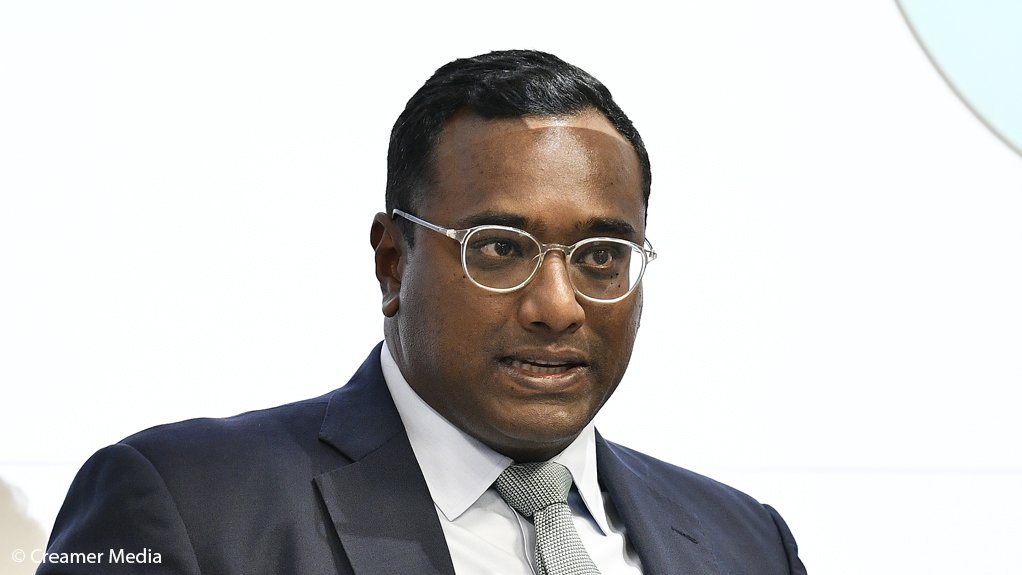JOHANNESBURG (miningweekly.com) – Sustainable mine development and sustainable mining are not only laudable, but are “much required”, Webber Wentzel Corporate Practice partner Jonathan Veeran stresses.
Speaking at a mining round-up event at the company’s premises, in Sandton, on Tuesday, he highlighted the importance of being familiar with the concept of sustainable mining, which can easily be achieved through a “coordinated approach”.
Sustainable mining is the concept of deriving better, long-term sustainable development from a nation’s resources, as well as the creation of a social compact between government, labour, business and communities.
While this was a problem in every mining jurisdiction globally, Veeran explained that, within the South African context, sustainable mining concerned mainly social and economic development.
Considering that mining companies should be familiar with these concepts, he suggested that adhering to all of these requirements through a coordinated manner would allow the mining company to get maximum benefit within a decent timeframe and without spending too much money.
The coordinated approach, or solution, Veeran told attendees, was the Economic Development Model co-created by Veeran and University of Cape Town’s Dr Mike Solomon.
The model is “bespoke to a particular mine”, depending on its resources, funding and infrastructure.
However, in conceptual form, through using the Economic Development Model, mining companies will be able to operationalise the United Nations Sustainable Development Goals (SDGs) by actively implementing programmes that address the 17 SDGs through other international covenants, and the use independent funding models to finance projects which lessen the financial burden on the mining company.
Funding various projects around the life-of-mine could include projects focusing on wildlife management and conservation, tourism development, as well as agroprocessing and industry support in the area surrounding the mine.
In terms of regulatory compliance, the model assesses opportunities so that the mining company can benefit from recent regulatory developments, such as potential beneficiation offsets and equity equivalent programmes under the ownership element of Mining Charter III.
“What we’ve done is develop a matrix that allows you to comply with all of these regulations in a single coordinated way, but which brings actual benefit for the community,” Veeran explained, dubbing it “the ambidextrous compliance regime”.
Local and regional development, meanwhile, will see the mining company participate more holistically in the development of municipal integrated development programmes, while assessing the possibility of developing and funding more sustainable projects and subsidiary industries, which will support local and regional economies well after mining activities have ended.
The model would also see the creation of potential regional hubs and resources within a specific area, which Veeran said would support industries and near-mine communities over the long term.
“The coordinated approach to mining is not something that is there for convenience . . . it is much-needed and will save you time, effort and money in the long run,” he concluded.
EMAIL THIS ARTICLE SAVE THIS ARTICLE ARTICLE ENQUIRY
To subscribe email subscriptions@creamermedia.co.za or click here
To advertise email advertising@creamermedia.co.za or click here











